Governance / Institutional framework
One of the core aims of the IWAS project is the implementation of results stemming from scientific and engineering research. Analysing the legal and institutional structures in the selected model regions is an important prerequisite for the implementation of innovations.
In the cross-cutting Governance/Institutional Framework Conditions projects existing institutional structures in the model regions are to be compared with one another, and with previous international experiences. The question of suitable institutional structures is to be addressed against the background of existing problematic situations and the available institutional capacities.
The goal in IWAS II is to consolidate and organise the work completed in Eastern Europe and during the first project phase in Central Asia so that a comparative analysis can be consolidated, from which suitable recommendations for other (post-socialistic) transformation states can be derived. Networking with other projects within the scope of the BMBF-IWRM funding initiative is also planned in order to broaden the experiential scope for comparing institutional solutions and explore the possibilities for further comparative case studies.
The comparative studies have two core points: The first focal point is a comparison of the institutional framework conditions in the waste water sector using the case study examples of the cities of Lviv (Ukraine) and Darkhan (Mongolia). The second point focuses on a comparison of the implementation of IWRM structures in Ukraine and Mongolia.
1) Comparison of institutional frameworks in water infrastructure management
The responsibilities, operating companies, financing mechanisms and standards for central and decentral systems are to be examined and compared for the waste water sector. Deficits are to be identified and options for reform developed. The fragmented and incoherent system that developed in Ukraine during the transformation process was compared with the existing law in European Union member states, and systematic deficits were identified. Recommendations for a more efficient structuring of the system were developed, based on institutional economic and administrative findings.
In Mongolia a concept was devised for a participative, demand-orientated and budget-centred planning process. 25 qualitative interviews and workshops with local actors took place in the urban districts (yurt housing) of the city of Darkhan, focusing on the existing problems and need for improvement in urban water management, and the implementation of a household survey.
Based on the findings to date the next step will be the working out of a conceptual foundation from which the results from both case studies can then be compared.
2) Implementation of an Integrated Water Resources Management in Ukraine and Mongolia
The IWRM analysis concept IWAS is based on the analysis of institutional framework conditions and governance structures as well as excellent scientific research, as the successful implentation of measures requires the coordination of actions on and between different sectors, levels and scales.
Problems arise:
1. from divergences between hydrological and administrative limitations (problems of “spatial fit”)
2. from different demands on aquatic ecosystems and the degree to which these are institutionally enshrined (problems of “horizontal institutional interplay”)
3. from the existence of different administrative levels with varying distributions of competencies between sectors (problems of “vertical institutional interplay”)
4. from possible conflicts between the approaches for the resolution of these problems. These problems are found in the water sector as a whole, but also in a modified form in specific sectors, such as e.g. the waste water sector.
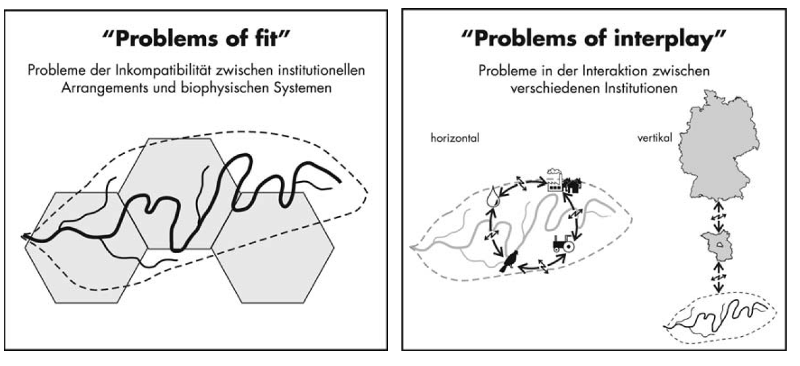
Fig. 1. "Fit" und "interplay" Problems. (Source:Moss (2003b: 34, 37))
We are thus comparing and examining the existing approaches for dealing with these problems of fit and interplay for the water sector as a whole, and how their effectiveness can be evaluated against the background of specific problematic situations.
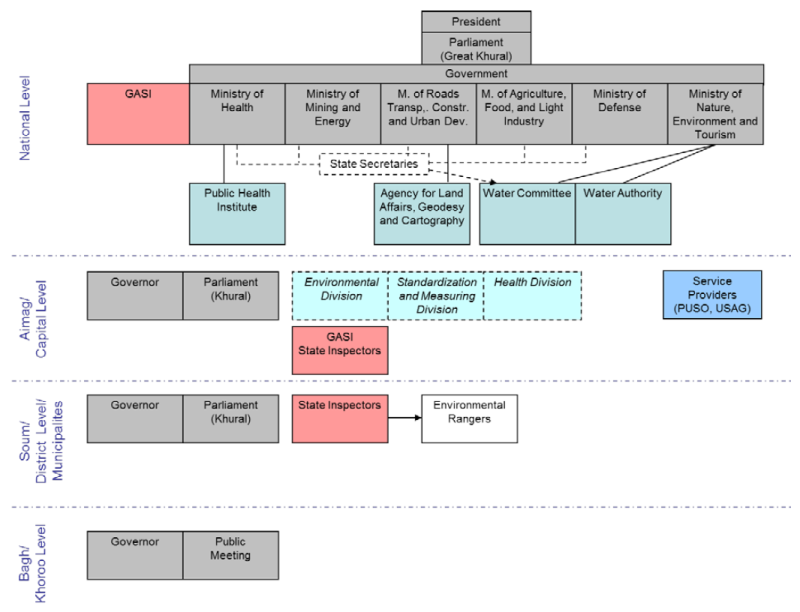
Fig. 2. Main Actors in Mongolia's Water Sector. Status in April 2012. Changes will take place from May 2012 onwards due to the new Water Act (Source: K.Sigel. Discussion paper. Urban water supply and sanitation in Mongolia: A description of the political, legal,and institutional framework, UFZ, 2012)
The first core results are the processing of Governance structures (see fig. 2 and 3) in Ukraine and Mongolia and their development during the transformation process. These changes are central to the explanatory approaches for IWRM implementation processes in the case study regions, and the recommendations which are subsequently derived.
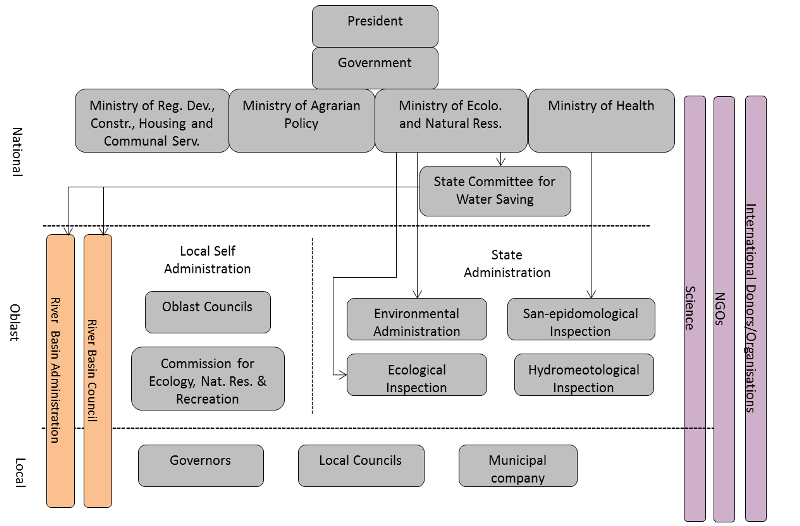
Fig. 3. Main Actors in Ukraine's Water Sector
Contact:
Nina Hagemann (UFZ) ![]()
![]() nina.hagemann@ufz.de
nina.hagemann@ufz.de
Ines Dombrowsky (German Development Institute - GDI) ![]()
![]() ines.dombrowsky@die-gdi.de
ines.dombrowsky@die-gdi.de
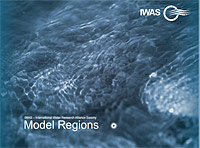
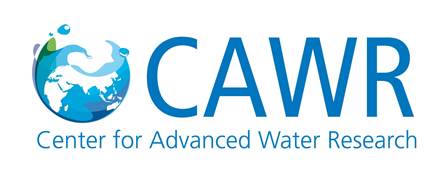


.png)
.png)
